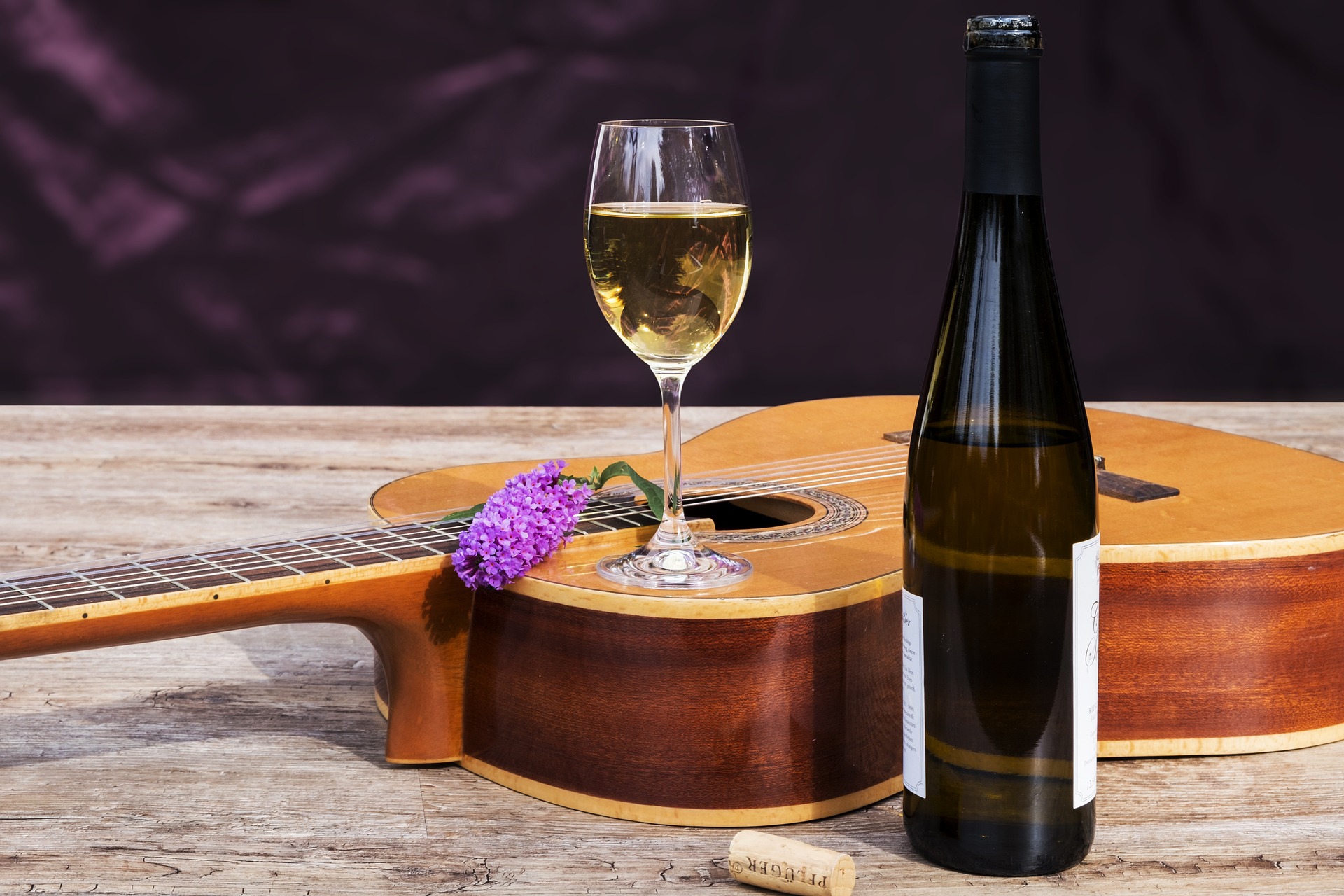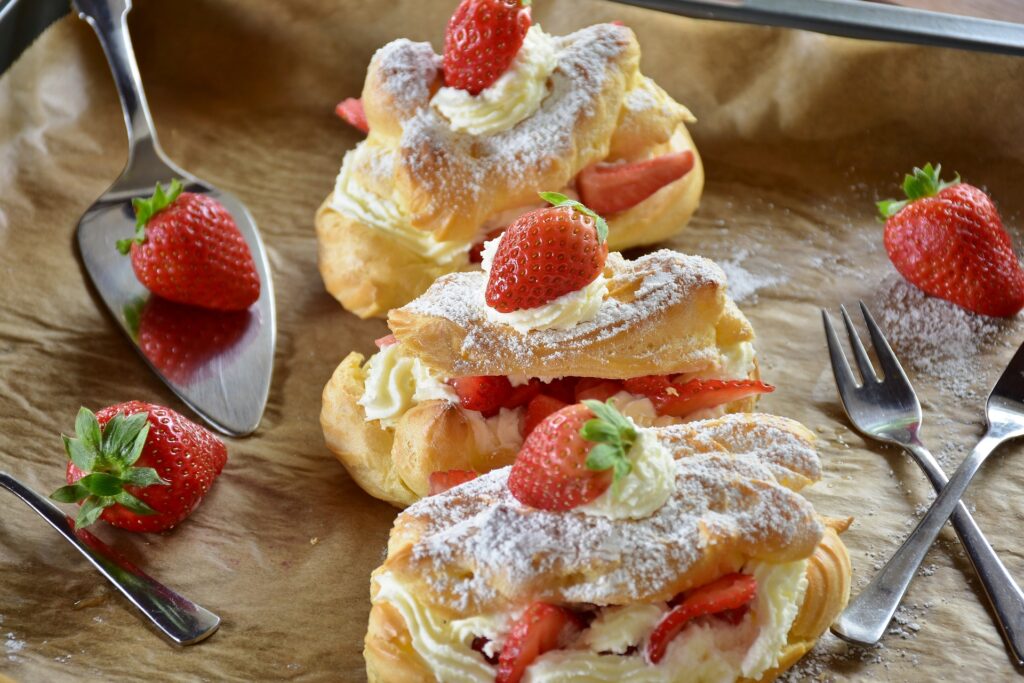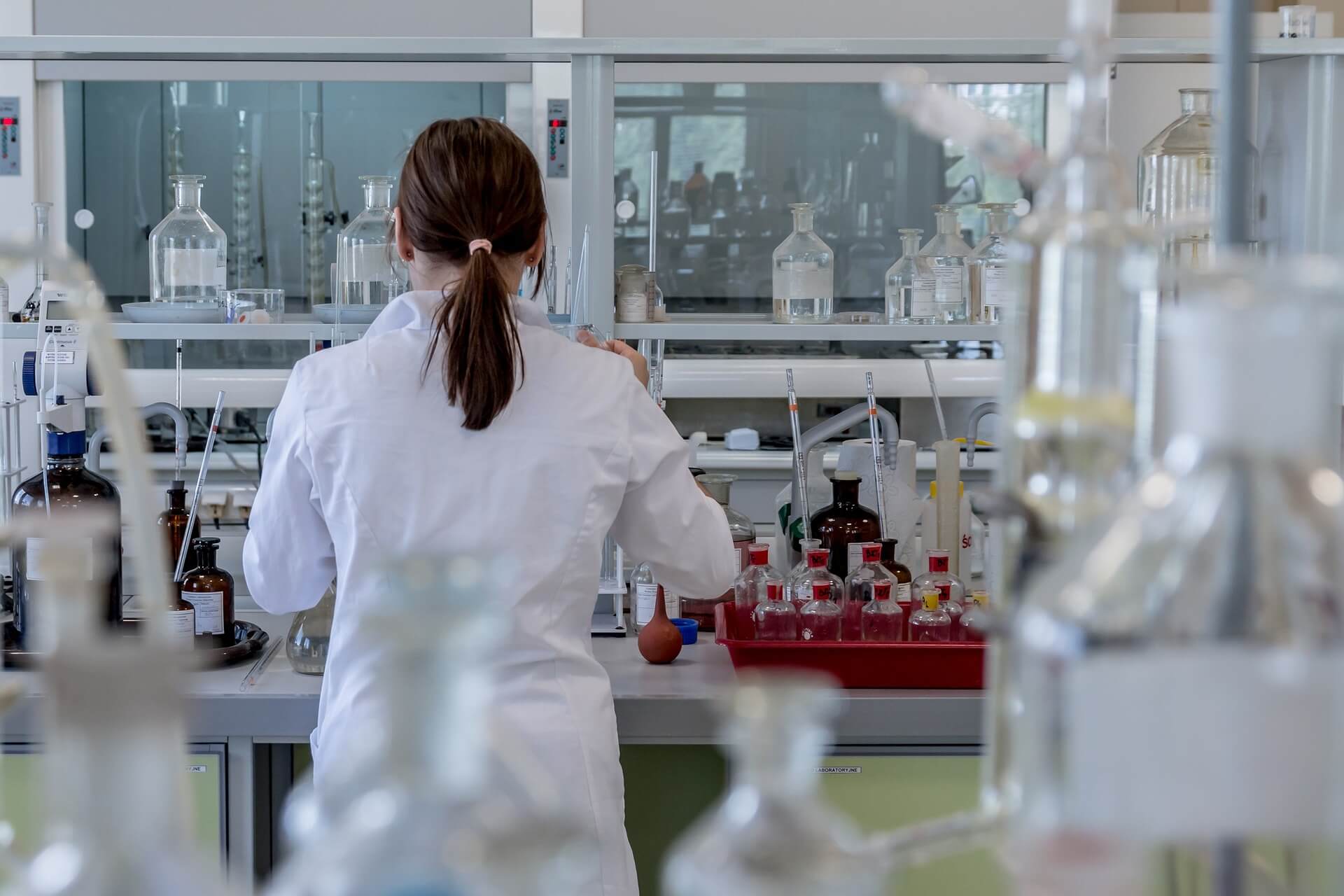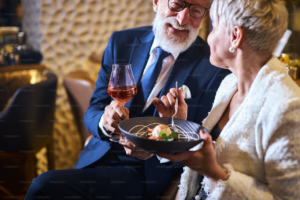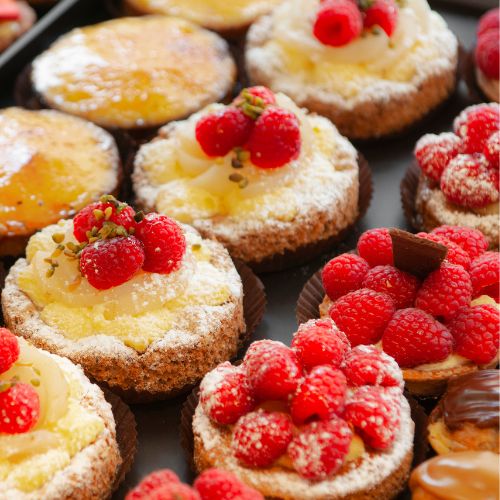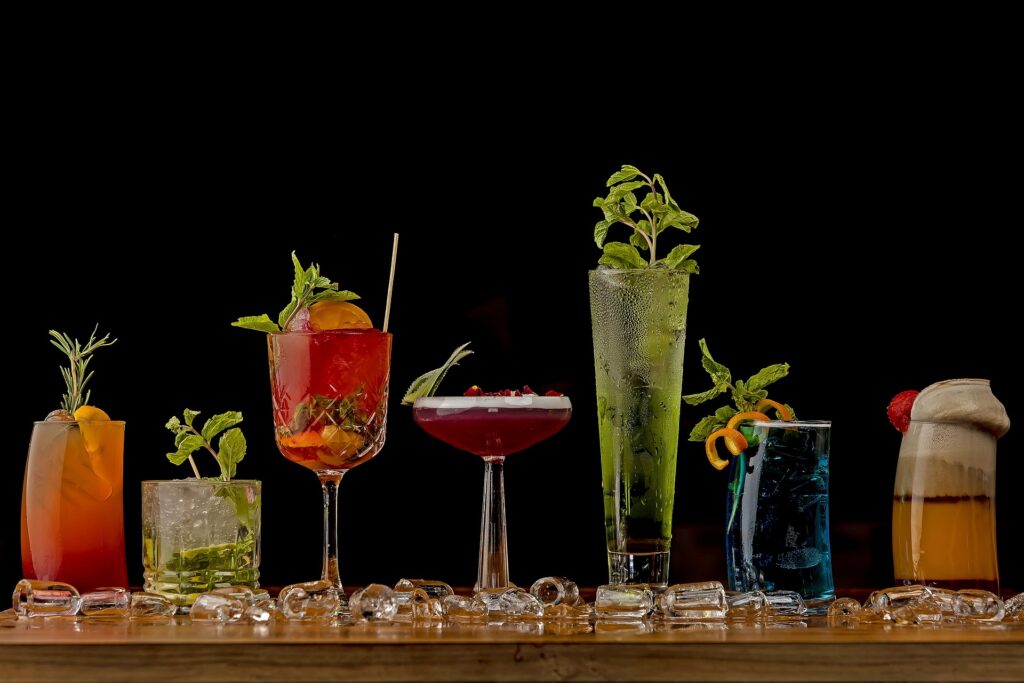
Beverage Industry Trends: What’s Hot?
What’s new in food and beverage trends in 2024? This is the year of ensuring consumers get what they want: thoughtfully curated beverages gracing that bar or coffee station, layered creations, exotic fruit flavors, and custom ice cubes full of whole fruit. New beverage industry trends this year are unique and representative of putting extra […]
Read MoreWhat’s new in food and beverage trends in 2024? This is the year of ensuring consumers get what they want: thoughtfully curated beverages gracing that bar or coffee station, layered creations, exotic fruit flavors, and custom ice cubes full of whole fruit. New beverage industry trends this year are unique and representative of putting extra thought into every aspect of taste and appearance.
Combining years of experience in consumer beverage trends with European flair and precision, Metarom USA is on top of global beverage industry expansion. Our international office connects with industry leaders worldwide to identify the best and most creative concoctions of 2024. See why Metarom’s specialty flavors are the go-to ingredients of your newest drink blend. We’ve identified the five hottest beverage industry trends this year. From adding a bit of spice to a return to the classics, discover the growing trends and enduring flavors of 2024.
1. Sustainable and Functional Flavors
By far, the top beverage trends in 2024 include sustainable sourcing and functional flavors. Younger consumers want beverages that promise more positive health outcomes – think glowing skin, better digestion, increased hydration, vitamin infusions, and increased energy. Prompted by Gen Z influencers, functional beverage flavors are the thing right now.
- New consumer beverage trends are constantly shifting, but beverage industry trends point to drinks infused with natural ingredients and flavors, collagen, and sustainable sourcing and packaging.
- This year’s New beverage trends include functional flavors, fat replacers, natural sweetness enhancers, and flavor masking agents.
- Consumers want less emphasis on stimulants and more on pure, natural flavor.
Trending ideas include promoting hydration, boosting vitamin intake, and meeting specialized nutritional health needs, such as those associated with keto and vegan diets.
2. Exotic Fruits and Mocktails
Piggy-backing off the functional beverage trends, 2024 brings a massive shift to low-calorie, low-alcohol, and non-alcoholic beverages. As new scientific evidence reveals the long-term effects of alcohol consumption, health-conscious consumers have opened the door to yet another emerging market.
- Beverage industry trends follow the mocktail craze, which features fruity flavors, infused ice cubes, and naturally layered beverages that look as beautiful as they taste.
- Exotic flavors like guava, lychee, taro, and dragonfruit are proving just as satisfying to health-conscious consumers as alcohol-infused cocktails.
- Expect health-conscious consumer beverage trends to continue growing strongly in the coming years as consumers indulge in their health and well-being.
Flavor-infused mixes go beyond mocktails and have expanded into other beverage creations – expect similar health trends in popular soda brands, small-craft beers, and ciders.
3. Bring On the Heat!
One of the top new beverage industry trends observed in 2024 is heat infusion in traditional beverages. With many peppery flavors, this year’s drinks pack a punch—in the best way possible.
- Adding a spicy tang can twist traditional mixes and activate the senses – consumers are demanding a bit of a surprise element in their beverages this year.
- This demand has led to an influx of creations – everything from Mexican hot chocolate to spicy margaritas and delicious Micheladas (a twist on the Bloody Mary).
- Expect growth in spice-infused tequila and other liqueurs to accompany spicy beverage industry trends.
Discover our spice-infused flavors and up the ante on your next creation to bring some heat to your table or date night!
4. Alternative Dairy Blends
This has been the year of expanding iced coffee creations and fancy tea blends, so it makes sense that alternative dairy blends have entered the market firmly. From the explosion of boba tea shops to the ever-growing popularity of shaken espresso mixes, consumer beverage industry trends have followed suit with the expansion of dairy alternatives.
- There has been an increase in dairy alternative options on grocery store shelves this year, including variations in rice, oat, almond, soy, and coconut milk.
- Flavor-infused milk alternatives are emerging as key players in new beverage trends.
- Lactose-free dairy products, vegan coffee creamers, and drinkable probiotics appeared in beverage trends of 2024.
Expect to see more dairy alternatives that maintain texture integrity in everyday favorites. Seasonal flavor infusions in alternative dairy blends are also very much a thing right now—there’s a reason your local coffee shop is sold out of its apple crisp-flavored coffee shake!
5. Return to Authenticity
One of the beverage industry trends this year is shifting away from the complexities of fancy concoctions. Flavors like vanilla, chocolate, and caramel remain strong favorites, and consumers crave a return to the classics.
- Expect to see simple, traditional beverages like vanilla and chocolate milkshakes on the menu as consumers seek a bit of familiarity.
- Caramel and vanilla pod garnishes may be the decadent extra touch on simple creations.
- The emergence of the clean label trend means that consumers are demanding to know what ingredients are in their everyday favorites – a return to the classics has been a long time coming.
Natural and sustainable sourcing is critical in beverage industry trends. It comes down to maintaining the integrity and consistency of the product with every sip.
Request a Sample Today
Metarom USA offers reliability and high quality to meet the needs of consumer beverage trends. Browse our traditional flavors and discover new ones, sure to keep things new and exciting. Contact us for a sample today.














